Vegetable Seeds
-

All Vegetable Seeds
Grow a vibrant and productive garden with our extensive selection of vegetable...
-
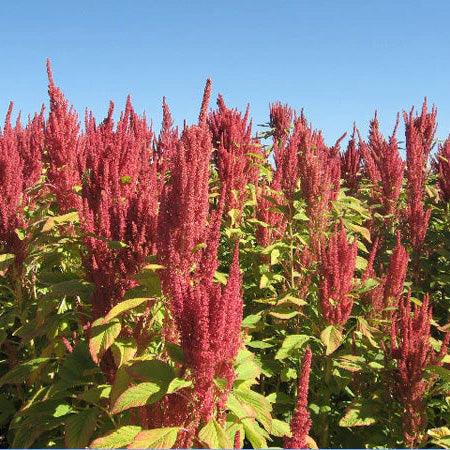
Amaranth Seeds
Amaranth Seeds – A Drought-Tolerant Superfood & Ornamental Beauty Amaranth (Amaranthus spp.)...
-

Bean Seeds
In the realm of garden staples, few contenders are as versatile, nutritious,...
-

Beet Seeds
Growing beet seeds is a rewarding venture that offers vibrant, nutritious crops...
-

Broccoli Seeds
Growing broccoli from seeds can be a rewarding endeavor, offering a nutrient-rich...
-

Brussels Sprout Seeds
Brussels sprouts are a member of the brassica family, which also includes...
-
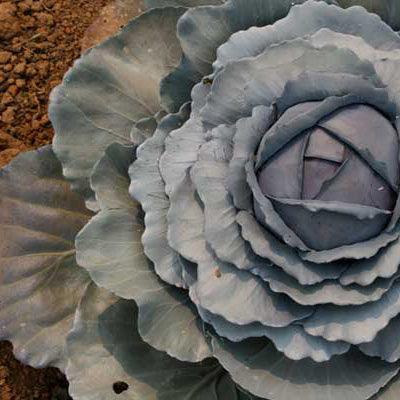
Cabbage Seeds
Cabbage, a leafy vegetable often associated with its vibrant green hue, offers...
-

Carrot Seeds
Carrots are a type of root vegetable that is typically orange in...
-
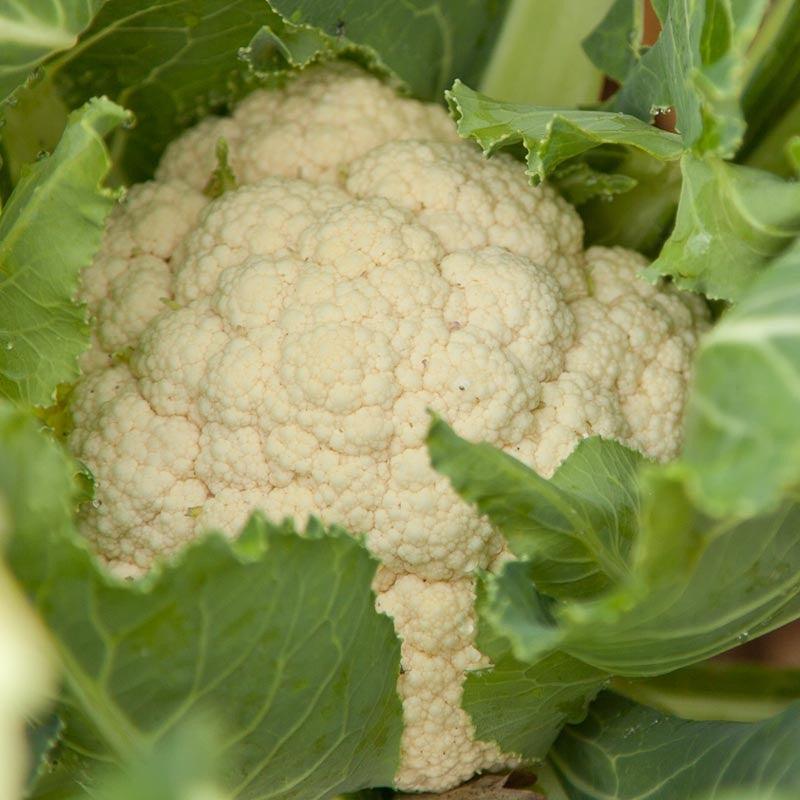
Cauliflower Seeds
Exploring a Variety of Cauliflower Seeds Cauliflower (Brassica oleracea var. botrytis) is...
-

Celery Seeds
Celery Seeds – Organic & Heirloom Varieties Discover a wide selection of...
-

Chard Seeds
Chard Seeds: A Versatile Addition to Your Garden Chard is scientifically known...
-

Corn Seeds
Corn is a beloved staple of summertime meals, known for its tender,...
-

Cucumber Seeds
Certified Organic Cucumber Seeds for Every Garden Our selection of organic cucumber...
-

Eggplant Seeds
Eggplant Seeds: A Versatile Addition to Your Garden Eggplants, scientifically known as...
-

Seed Garlic
Grow a delicious and dependable garlic crop with Peaceful Valley garlic seeds...
-

Greens Seeds
Greens seeds open up a world of culinary possibilities, offering a...
-

Kale Seeds
Kale, a nutritious and versatile leafy green, enjoys popularity among gardeners and...
-

Kohlrabi Seeds
Kohlrabi Seeds: A Guide to Varieties and Cultivation Kohlrabi, with its unique...
-

Lettuce Seeds
Lettuce, an essential part of numerous culinary dishes, is a cool-season crop...
-

Leek Seeds
The leek is a vegetable that is closely related to onions, shallots,...
-

Melon Seeds
Melons, a delightful addition to the gourd family, present a diverse array...
-

Okra Seeds
Okra, scientifically known as Abelmoschus esculentus, is a versatile and nutritious vegetable...
-

Onion Seeds
Onion Seeds Onions are a staple in many kitchens around the world....
-

Sprouting Seeds
Organic Sprouting Seeds: The Key to a Nutritional Powerhouse Sprouting is an...
-

Parsnip Seeds
Parsnip seeds offer the opportunity to cultivate a versatile and nutritious root...
-

Pepper Seeds
Growing bell pepper seeds can be a fulfilling experience, offering an array...
-

Pumpkin Seeds
Growing pumpkin seeds can be an exciting venture, encompassing both culinary delights...
-

Radish Seeds
Radishes, those vibrant and peppery jewels of the vegetable world, are a...
-
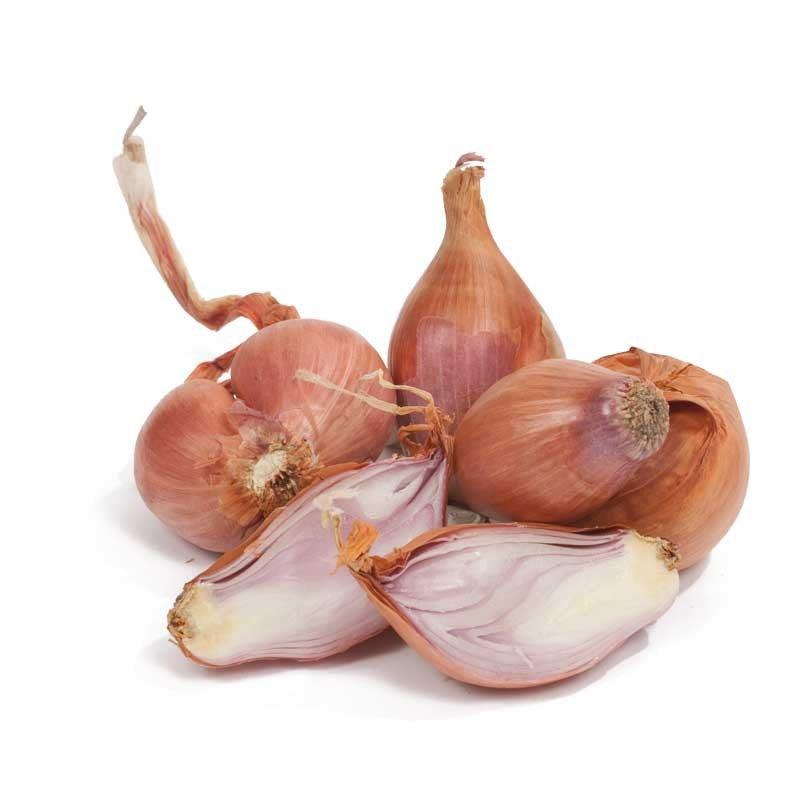
Seed Shallots
Certified organic seed shallots are a valuable addition to any fall garden,...
-

Squash Seeds
Squashes are a remarkable group of vegetables that offer abundant shapes, sizes,...
-

Tomatillo Seeds
A Guide to Growing and Enjoying Fresh Tomatillos Tomatillos are a versatile...
-

Tomato Seeds
Embarking on the Journey of Growing Tomatoes The world of tomatoes is...
-

Turnip Seeds
Introduction to Turnip Seeds Turnip seeds (Brassica rapa) are a versatile and...
-

Watermelon Seeds
Growing Watermelons: A Juicy Endeavor Watermelons, scientifically known as Citrullus lanatus, are...
-

Zucchini Seeds
Grow Nutritious Summer Squash at Home Zucchini is one of the most...
Herb Seeds
-

All Herb Seeds
Growing herbs from seeds is a rewarding endeavor and an economical way...
-

Basil Seeds
Basil from Seed Growing basil from seed is a rewarding and straightforward...
-

Borage Seeds
Borage Seeds: A Versatile Addition to Your Garden Borage seeds are...
-

Calendula Seeds
Calendula Seeds: A Blooming Delight Calendula, also known as marigold, is a...
-

Catnip Seeds
Growing catnip: Growing catnip presents a straightforward and rewarding experience, offering not...
-

Chamomile Seeds
Chamomile Seeds: A Guide to Cultivating Tranquility Chamomile: A Versatile Herb Chamomile,...
-

Chive Seeds
Chive Seeds: A Versatile Addition to Your Garden Chive seeds offer a...
-

Cilantro Seeds
Growing Cilantro Seeds: Varieties and Tips Cilantro (Coriandrum sativum) is a versatile...
-

Dill Seeds
Introduction to Dill Seeds Dill seeds, scientifically known as Anethum graveolens, are...
-
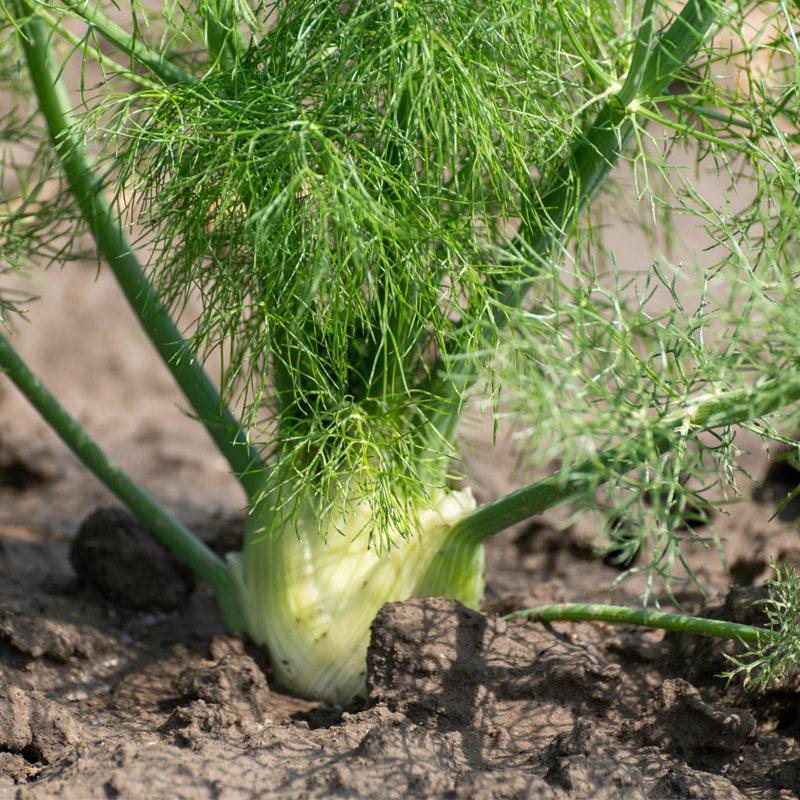
Fennel Seeds
Fennel seeds, derived from the Foeniculum vulgare plant, are among the best...
-

Lavender Seeds
Organic Lavender Seeds: Buy Lavender Seeds for Sale and Grow a Fragrant...
-

Mint Seeds
Mint Seeds: A Versatile Addition to Your Garden Mint seeds are...
-

Oregano Seeds
Introduction to Oregano Seeds Oregano is a popular herb known for...
-

Parsley Seeds
Growing Parsley Seeds Parsley, a versatile herb known for its vibrant green foliage...
-

Rosemary Seeds
Growing rosemary, a versatile herb with a myriad of culinary and ornamental...
-

Sage Seeds
Introduction to Sage Seeds Sage, known scientifically as Salvia officinalis, is a...
-

Tarragon Seeds
Tarragon Seeds: A Guide to Growing and Cultivating Your Own Add...
-

Thyme Seeds
Grow your own fragrant and resilient thyme with our curated collection of...
Flower Seeds
-

All Flower Seeds
Growing Flowers from Seed: A Comprehensive Guide to Organic and Non-GMO Flower...
-

Annual Flower Seeds
Easy-to-Grow Annual Flowers for a Beautiful, Vibrant Garden If you’re looking for...
-

Perennial Flower Seeds
Perennial flowers are nature's gift to gardeners, offering enduring beauty that returns...
-
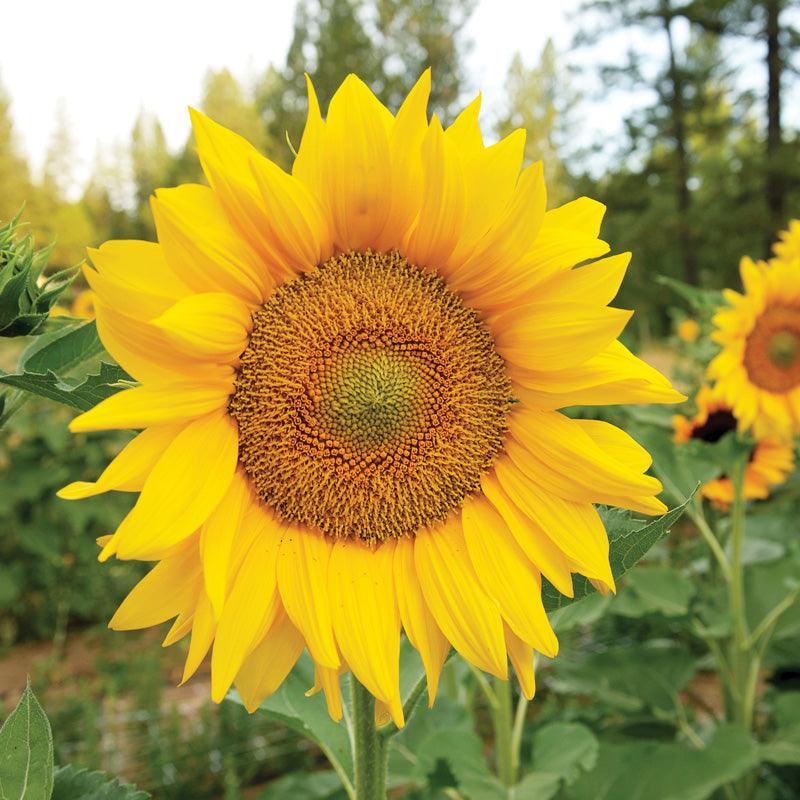
Sunflower Seeds
Organic Sunflower Seeds - Best Organic Sunflower Seeds for Planting this Season...
-

Wildflower Seeds
Bring Your Garden to Life with Organic Wildflower Seeds Enhance your landscape...
Bulk Seeds
-

Bulk Herb Seeds
Bulk Herb Seeds: A Gardener's Guide Whether you're an experienced gardener or...
-

Bulk Organic Flower Seeds
Investing in bulk organic flower seeds can transform your garden into a...
-

Bulk Veggie Seeds
Bulk Vegetable Seeds Bulk vegetable seeds are a convenient and cost-effective way...
Special Mixes & Collections
-

Hudson Valley Seed Company
Hudson Valley Seed Company is a renowned purveyor of heirloom and open-pollinated...
-

Gift Seed Tin Collection
Discover Unique Gift Seed Collection Products Looking for the perfect gift for...
-

Save the Monarch Kits
More information on attracting pollinators can be found in our Resource Center.
Top Sellers
-
New
Trero Kohlrabi Seeds (Organic)
Regular price $4.15Regular priceUnit price per -
New
Thalia Dill Seeds (Organic)
Regular price $4.15Regular priceUnit price per -
New
Summer of Sunflowers 3 Seeds Packets (Organic)
Regular price $11.50Regular priceUnit price per -
New
Seed Stewards 6 Packets Seeds (Organic)
Regular price $21.50Regular priceUnit price per -
New
Queeny Lime Zinnia Seeds (Organic)
Regular price $4.15Regular priceUnit price per -
New
Queeny Lime with Blotch Zinnia Seeds (Organic)
Regular price $4.15Regular priceUnit price per -
New
Queeny Lime Red Zinnia Seeds (Organic)
Regular price $4.15Regular priceUnit price per -
New
Queeny Lime Orange Zinnia Seeds (Organic)
Regular price $4.15Regular priceUnit price per -
New
Hidcote Lavender Seeds (Organic)
Regular price $4.95Regular priceUnit price per -
New
Queen Sophie Marigold Seeds (Organic)
Regular price $4.15Regular priceUnit price per -
New
Balm of Gilead Seeds (Organic)
Regular price $4.95Regular priceUnit price per -
New
Cramer's Plum Nigella Seeds (Organic)
Regular price $4.15Regular priceUnit price per -
New
Prospera DMR F1 Basil Seeds (Organic)
Regular price $4.15Regular priceUnit price per -
New
Piccolo F1 Eggplant Seeds (Organic)
Regular price $4.15Regular priceUnit price per -
New
Balloonflower Seeds (Organic)
Regular price $3.95Regular priceUnit price per -
New
Container Garden 6 Seeds Packets (Organic)
Regular price $21.50Regular priceUnit price per -
New
Meteor Zinnia Seeds (Organic)
Regular price $4.15Regular priceUnit price per -
New
Andrographis Seeds (Organic)
Regular price $5.95Regular priceUnit price per -
New
Ceres Dill Seeds (Organic)
Regular price $4.15Regular priceUnit price per -
New
Marmalade Rudbeckia Seeds (Organic)
Regular price $4.15Regular priceUnit price per -
New
African Ashwagandha Seeds (Organic)
Regular price $4.95Regular priceUnit price per -
New
Bouquet Garden 5 Seeds Packets (Organic)
Regular price $19.00Regular priceUnit price per -
New
Organic Kitchen Herbs 5 Seeds Packets
Regular price $19.00Regular priceUnit price per -
New
Bertrand's Giant Snapdragon Mix Seeds (Organic)
Regular price $4.15Regular priceUnit price per -
New
Li Ren Choi Pak Choi Seeds
Regular price $5.45Regular priceUnit price per -
New
Kid's Garden 5 Seeds Packets (Organic)
Regular price $19.00Regular priceUnit price per -
New
Blue Boy Bachelor Button Seeds (Organic)
Regular price $4.15Regular priceUnit price per -
New
Turnip Fort Umpqua Seeds (Organic)
Regular price $4.95Regular priceUnit price per -
New
Kailaan Broccoli Seeds (Organic)
Regular price $4.15Regular priceUnit price per -
New
Anna Viola Seeds (Organic)
Regular price $4.15Regular priceUnit price per -
New
Garden Starter 6 Seeds Packets (Organic)
Regular price $21.50Regular priceUnit price per -
New
A Bee's Garden 5 Seed Packets (Organic)
Regular price $19.00Regular priceUnit price per -
New
Fireball Strawflower Seeds (Organic)
Regular price $4.15Regular priceUnit price per -
New
Filderkraut Cabbage Seeds (Organic)
Regular price $3.95Regular priceUnit price per -
New
Winter Greens Seeds Mix (Organic)
Regular price $4.99Regular priceUnit price per -
New
Easy Salad Greens 3 Seeds Packets (Organic)
Regular price $11.50Regular priceUnit price per -
New
Tea Garden Seeds Mix (Organic)
Regular price $4.99Regular priceUnit price per -
New
Lupine Russell Seeds Mix
Regular price $4.95Regular priceUnit price per -
New
Cottage Garden Seeds Mix
Regular price $4.99Regular priceUnit price per -
New
Dahlia Mix Zinnia Seeds (Organic)
Regular price $4.15Regular priceUnit price per -
New
Sylphid Celosia Seeds
Regular price $3.95Regular priceUnit price per -
New
Organic Sweet Alyssum, Purple, Royal Carpet Seeds
Regular price $3.65Regular priceUnit price per -
New
Primero Cabbage Seeds
Regular price $4.85Regular priceUnit price per -
New
Organic Jewels of Opar - Fame Flower Seeds
Regular price $3.65Regular priceUnit price per -
New
Garden Huckleberry Seeds (Organic)
Regular price $3.65Regular priceUnit price per -
New
Everglades Cherry Tomato Seeds (Organic)
Regular price $3.65Regular priceUnit price per -
New
Rudolph Broccoli Seeds
Regular price $3.45Regular priceUnit price per -
New
Beaujolais Spinach Seeds (Organic)
Regular price $3.65Regular priceUnit price per




























































































































